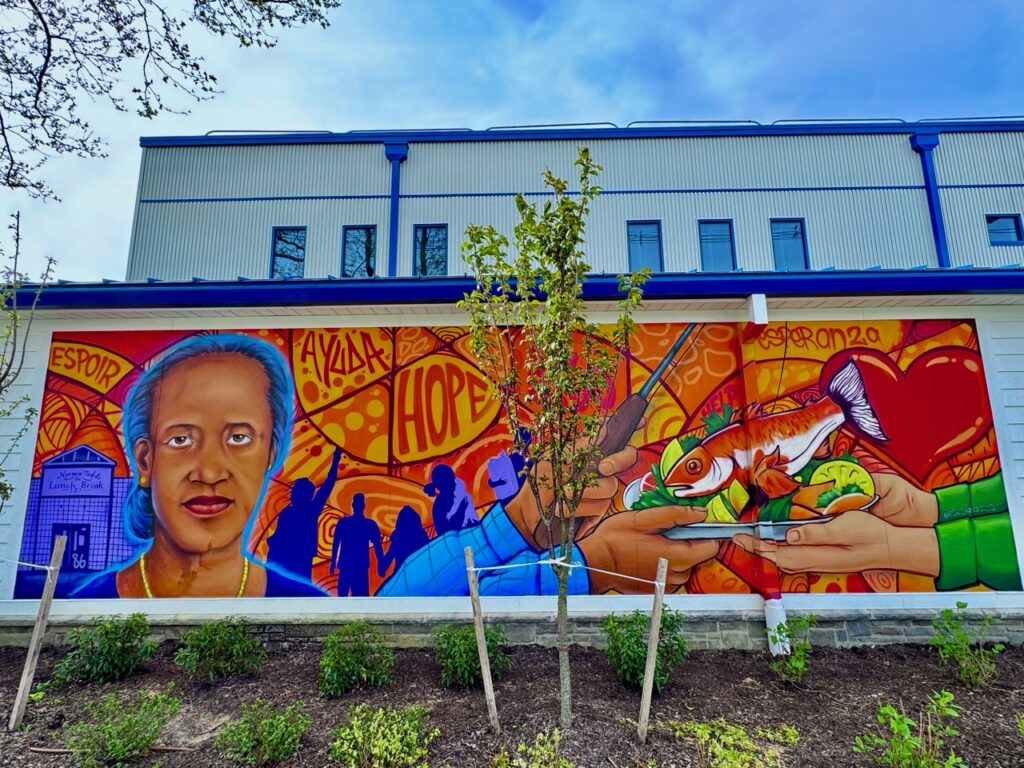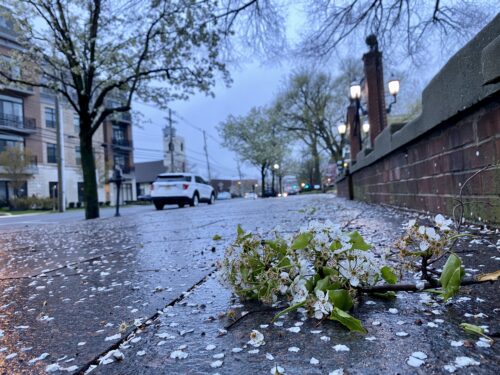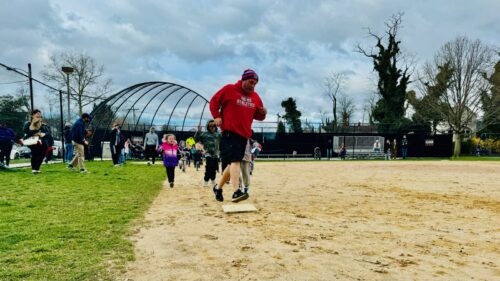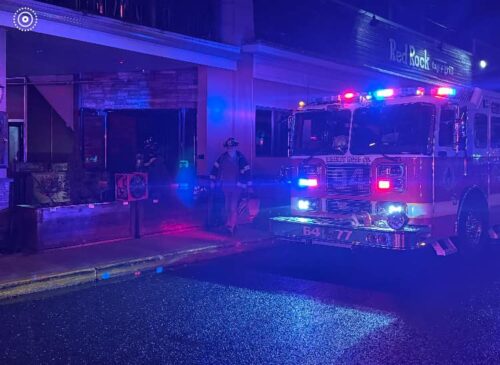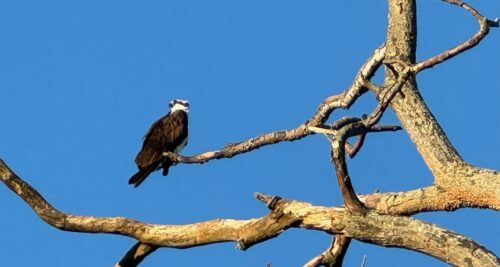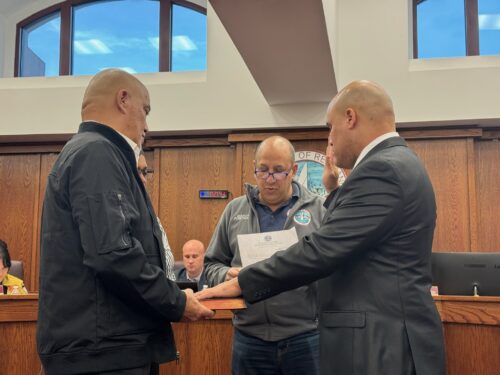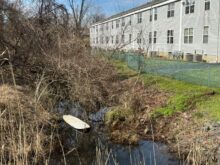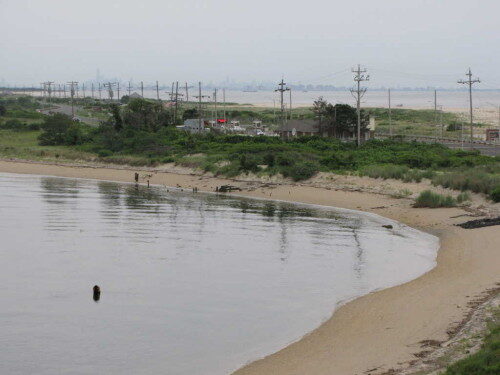
This year, the National Parks Service observes the 100th anniversary of its founding — and as part of the year-long celebration, the federal agency will coordinate more than 100 “BioBlitz” initiatives at parks and other protected lands across the nation.
Out on the Sandy Hook peninsula, administered by the NPS as a unit of the Gateway National Recreation Area, the past several Septembers have seen a local BioBlitz effort coordinated with the Hook-based nonprofit American Littoral Society — and for 24 hours beginning Friday, September 23, “citizen scientists” from all walks of life are invited to be a part of this important annual wildlife census.

According to Dillingham, “the scientists and amateurs who help blitz the survey develop important information about the wildlife here, and provide a scientific basis to track changes over time” — on-site research that will reveal a “composite snapshot” of the diversity of habitats and species, and that helps gauge the effects of climate change.
More than 150 scientists, naturalists and volunteers took part in Sandy Hook’s first BioBlitz in 2011. They identified 433 species, including 155 terrestrial plant species, 104 bird species and 83 insects and other terrestrial invertebrates (Sandy Hook is a major migratory stop along the Atlantic Flyway). For the 2016 Blitz that begins at 3 p.m. on September 23 at the Fort Hancock Historic Post parade grounds (and concludes 24 hours later at the same place), teams will engage in cataloguing birds, fish, mammals, reptiles, amphibians, plants (both terrestrial and marine), invertebrates, fungi, and bryophytes (such as mosses and worts).
Amateur naturalists and educators are also welcome to assist with education programs, and additional volunteers are needed to help out at the “Base Camp” with general information, registration, food preparation, GIS, photography, and social media. Families and individuals can take part in interpretive programs that will be held throughout the 2 day event, to explore the marshes of Plum Island, discover the plants and animals living in Sandy Hook Bay, view the Sandy Hook night sky, and experience the park’s maritime holly forest.
All events are free and open to the public. Take it here to register as a volunteer — and here for additional details and contact information.


